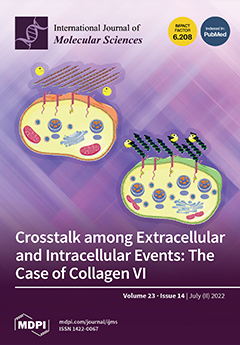Heat shock transcription factors (HSFs) activate heat shock protein gene expression by binding their promoters in response to heat stress and are considered to be pivotal transcription factors in plants.
Eucalyptus is a superior source of fuel and commercial wood. During its growth, high temperature or other abiotic stresses could impact its defense capability and growth.
Hsf genes have been cloned and sequenced in many plants, but rarely in
Eucalyptus. In this study, we used bioinformatics methods to analyze and identify
Eucalyptus Hsf genes, their chromosomal localization and structure. The phylogenetic relationship and conserved domains of their encoded proteins were further analyzed. A total of 36
Hsf genes were identified and authenticated from
Eucalyptus, which were scattered across 11 chromosomes. They could be classified into three classes (A, B and C). Additionally, a large number of stress-related cis-regulatory elements were identified in the upstream promoter sequence of
HSF, and cis-acting element analysis indicated that the expression of
EgHsf may be regulated by plant growth and development, metabolism, hormones and stress responses. The expression profiles of five representative
Hsf genes,
EgHsf4,
EgHsf9,
EgHsf13,
EgHsf24 and
EgHsf32, under salt and temperature stresses were examined by qRT-PCR. The results show that the expression pattern of class B genes (
EgHsf4,
EgHsf24 and
EgHsf32) was more tolerant to abiotic stresses than that of class A genes (
EgHsf9 and
EgHsf13). However, the expressions of all tested
Hsf genes in six tissues were at different levels. Finally, we investigated the network of interplay between genes, and the results suggest that there may be synergistic effects between different
Hsf genes in response to abiotic stresses. We conclude that the
Hsf gene family played an important role in the growth and developmental processes of
Eucalyptus and could be vital for maintaining cell homeostasis against external stresses. This study provides basic information on the members of the
Hsf gene family in
Eucalyptus and lays the foundation for the functional identification of related genes and the further investigation of their biological functions in plant stress regulation.
Full article






